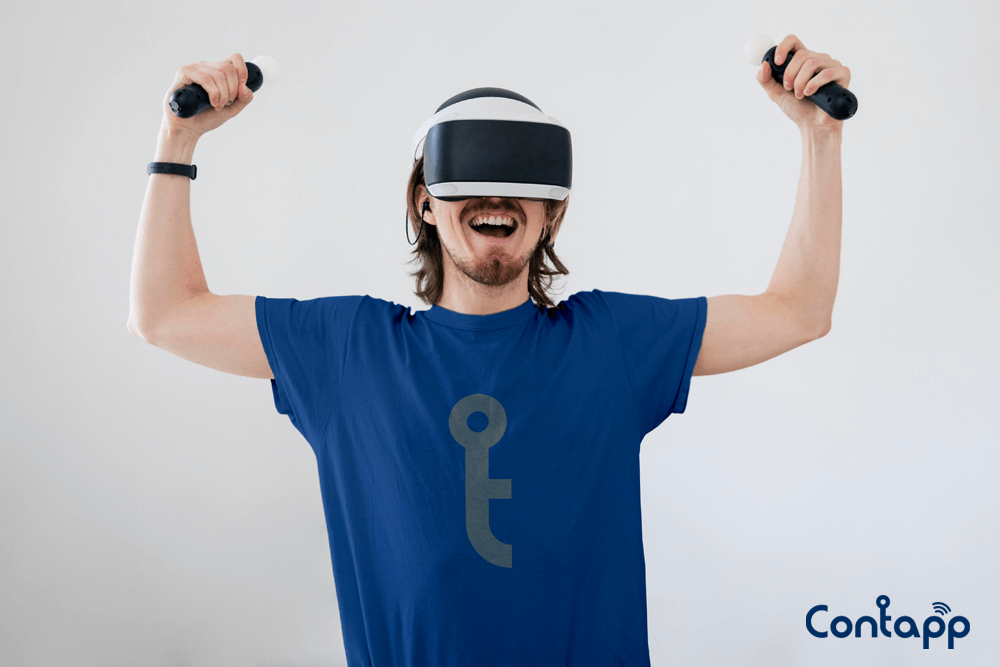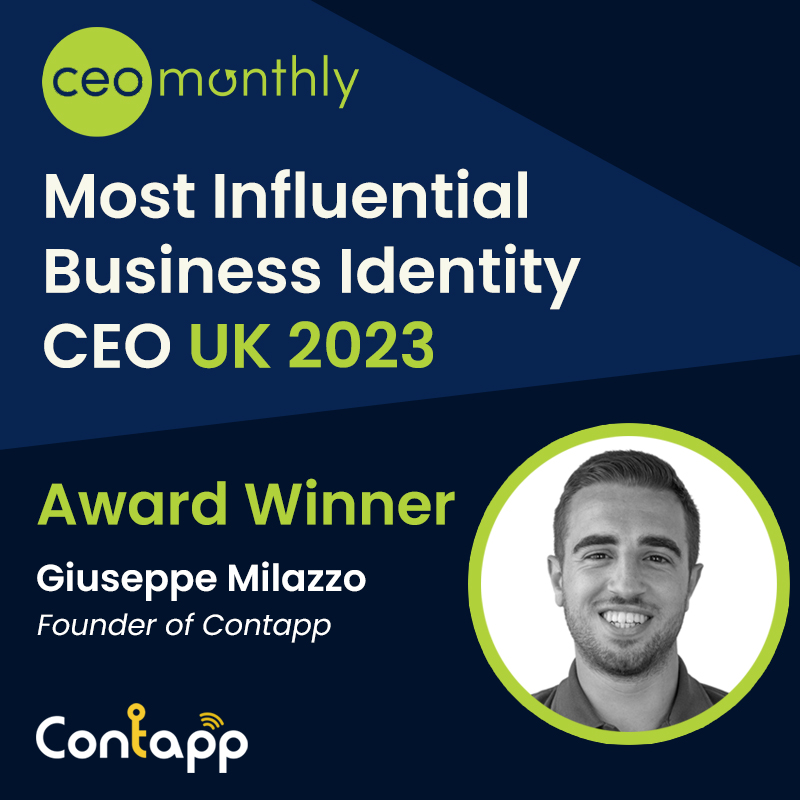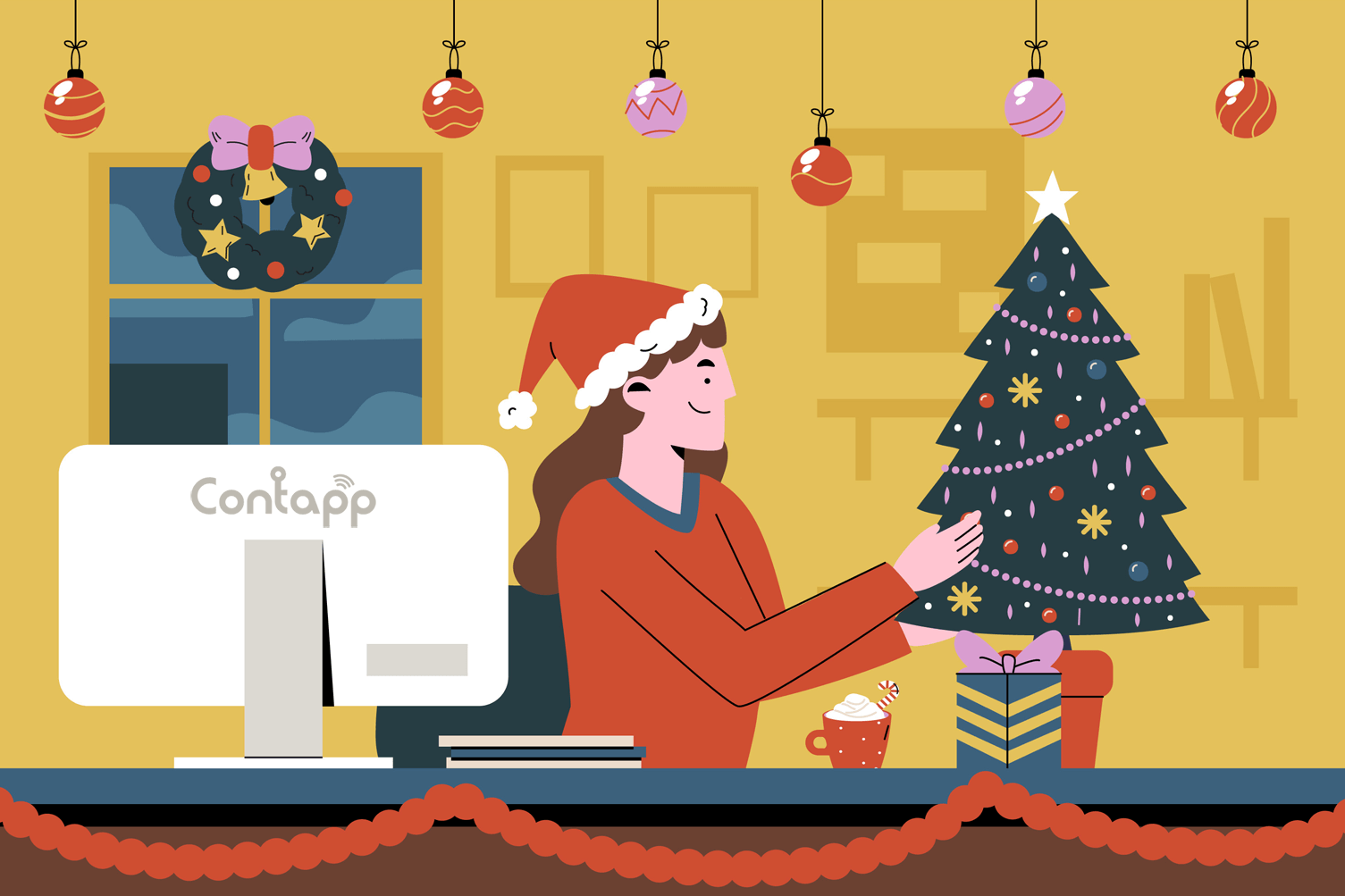
6 Easy Tips on How Gamification Can Improve Sales & Business
There’s an inner child in everyone, especially when it comes to games. We’re all attracted to the idea of scoring points, competing against others and earning rewards.
It’s things like this where businesses are now catching on to gamification as a strategy to hook users into continuing to use their platform.
70% of global 2000 companies use gamification in some way
As you’ll see, these techniques go far beyond board games and video games. Now you’ll see more corporate businesses adopting gamification as part of their growth strategy.
Recently, more corporate businesses adopting gamification as part of their growth strategy. Gaming elements are being added to employee training and work experiences to improve productivity and engagement on the job.
What is Gamification?
Gamification is a technique which is used to insert gameplay elements in non-gaming settings, so they enhance user engagement with a product or service.
By weaving suitably fun features such as leaderboards and badges into an existing system, designers tap users’ intrinsic motivations so they enjoy using it more.
The more users enjoy using the platform through gamification, the more loyal they will become. This is why gamification is often used for more tech-based businesses, such as SaaS platforms.
6 Tips for Gamification Strategies in Business
It’s no surprise that there are a lot of benefits to gamification. So if you wanted to learn some tips on how to integrate gamification into your business, we’ve listed 6 tips that can help you.
Celebrating All Involved, Not Just the Winners
Appreciating everyone who’s getting involved in the program is very important because as a business, you want as many people to engage as possible.
So if you’re only celebrating those at the top of the leaderboard, you’re missing a huge percentage of people that may feel like they’re being ignored. This isn’t what you want, as this will result in a drop in engagement.
Although you should reward your top performer, gamification in business is about the team.
Take a Long-Term View
No matter what service, product or platform you’re trying to gamify, you must understand that this is for long-term gain, rather than just focusing short-term.
It’s easy to get people excited about an initiative at first, but that enthusiasm can sometimes wear off over time, especially if your gamification attempts are complicated. This can often have an opposite effect where users will become tired and bored of the gamification elements in your business.
The goal of gamification is to keep people engaged for a longer period of time with an element of excitement to reach objectives. We’re not looking for a brief spike.
There will be some people who relish competition more than others, but you want to try to engage as many people as possible. Amend the strategy as you monitor results
Don’t Focus on Big Rewards
If you think people will only take part in your program if you’re offering big, flashy rewards, you’re wrong. People will always be inclined to engage, as long as it’s not complicated and they can see a benefit.
More often than not, corporate companies that are making gamification a success are the ones that focus on the light-hearted competition itself.
If you focus on big rewards then that’s when issues may occur because it’s not sustainable to fund this long-term. It also opens the door for people to try to cut corners in order to win these big prizes, which takes away the main point of introducing gamification.
Complete Transparency
Everyone taking part in the gamification program should understand how it works, what the goal is, and how to succeed at it. That way, people will know the reason for this strategy and why this was introduced in a more ‘fun’ way of reaching goals.
In the corporate environment, it should always be about some larger goal and having the rules of the game out in the open helps everyone participate, regardless of who ends up winning.
At the end of the day, it’s often a light-hearted competition with a small reward at the end of it.
Offering Creative Rewards
Circling back to rewards, it’s important to know that some prizes are more effective than others. Just because it costs more, doesn’t mean it’s better.
For example, gift certificates and iPads have been successful in the past as internal rewards for staff. However, material rewards won’t work for every team or every company.
However, the best gamification rewards are those that are connected to professional recognition and advancement.
For example, having lunch with the CEO, a LinkedIn recommendation from a VP, a shout-out at an all-hands meeting, an invitation to guest blog on the company blog and more.
There are lots that you can offer which are low value in terms of costs, however, they hold a lot of value for the person claiming that prize, whether it’s a user or an employee.
Track, Report, Amend, Repeat
Just like any marketing campaign or sales term, it’s important to track the results of the gamification program you’re running.
These reports will highlight the effectiveness of the program to see if it’s actually driving positive results. A participant’s POV helps them know where they stand and how to improve their performance to better their results.
Download Contapp Today
You can download the latest version of Contapp for free on iOS & Android.
Benefit immediately and improve how you manage, share and save business card data, whilst boosting your sustainability credentials. It’s everything you wished your business card could do.
How many printed business cards will you transform and save digitally via the Contapp app?




